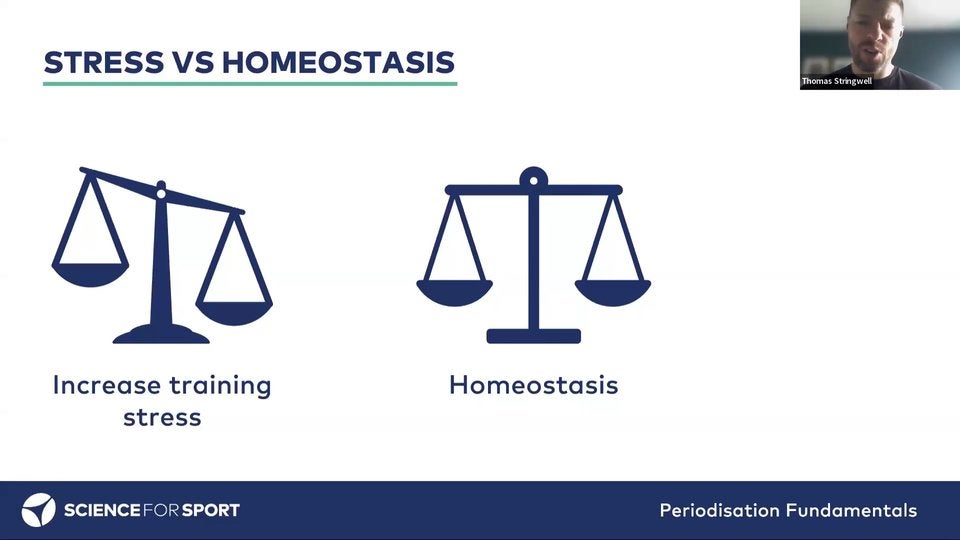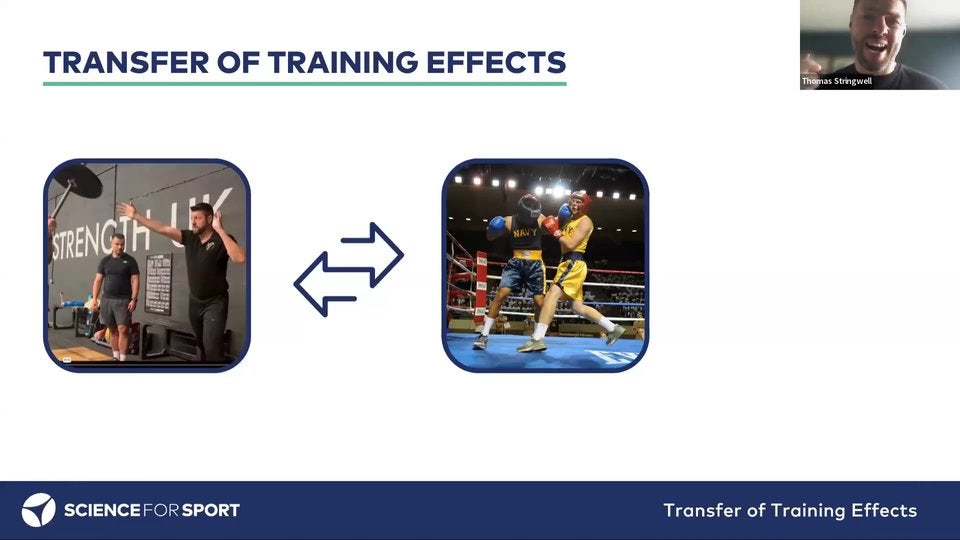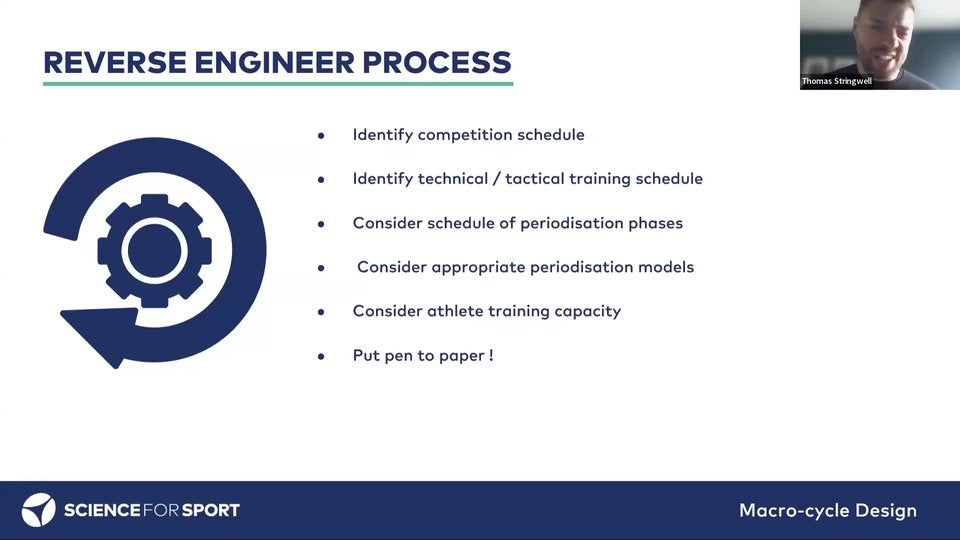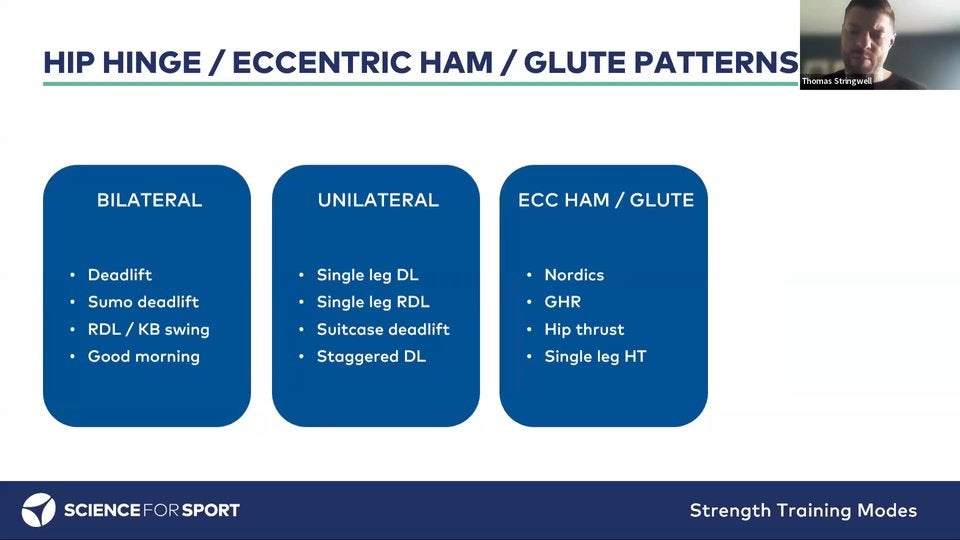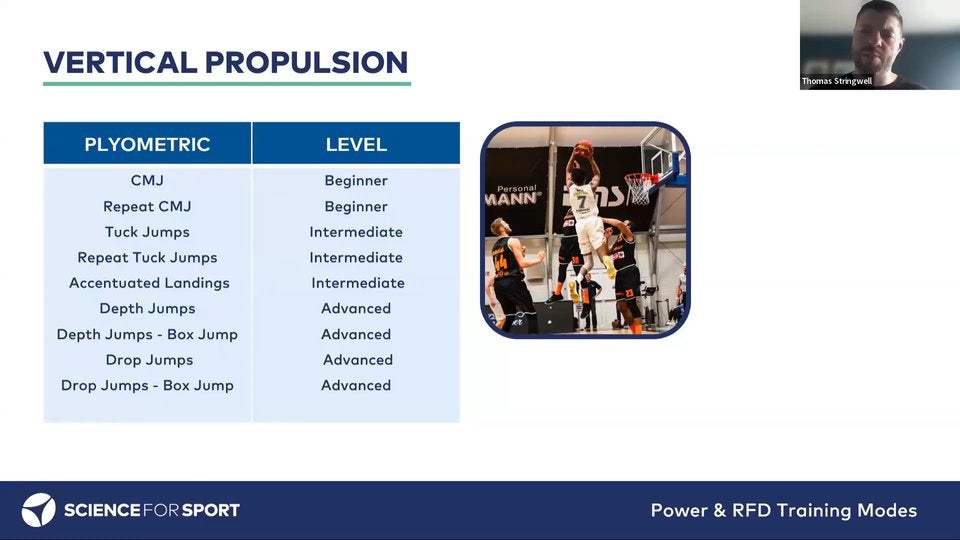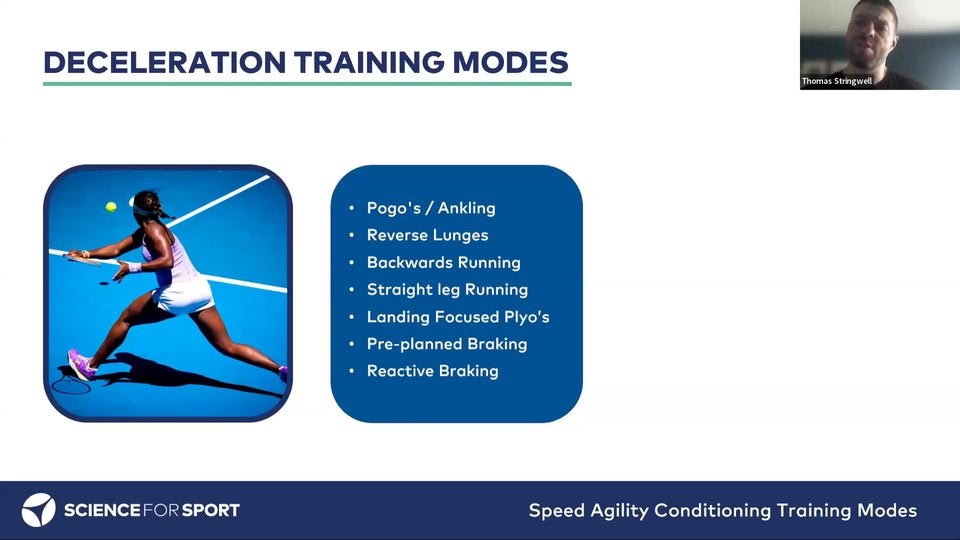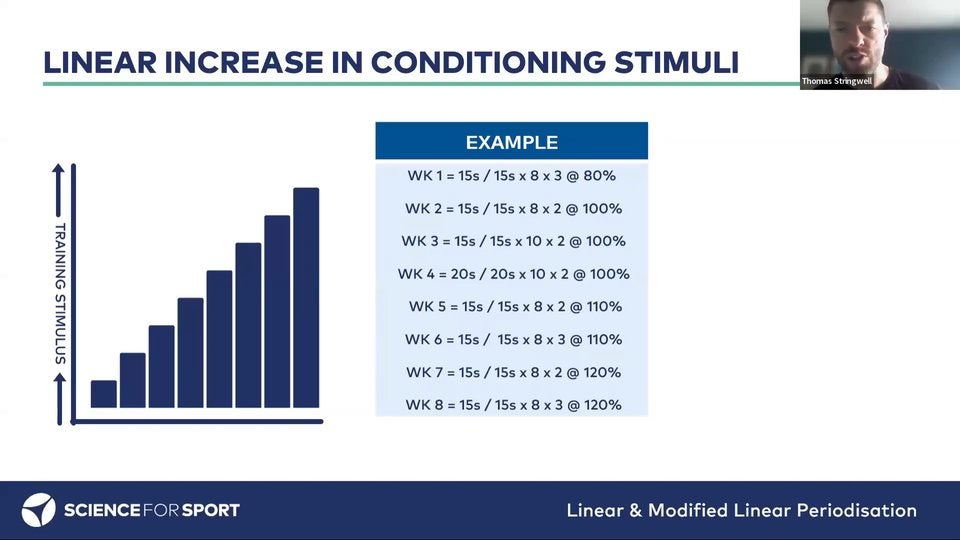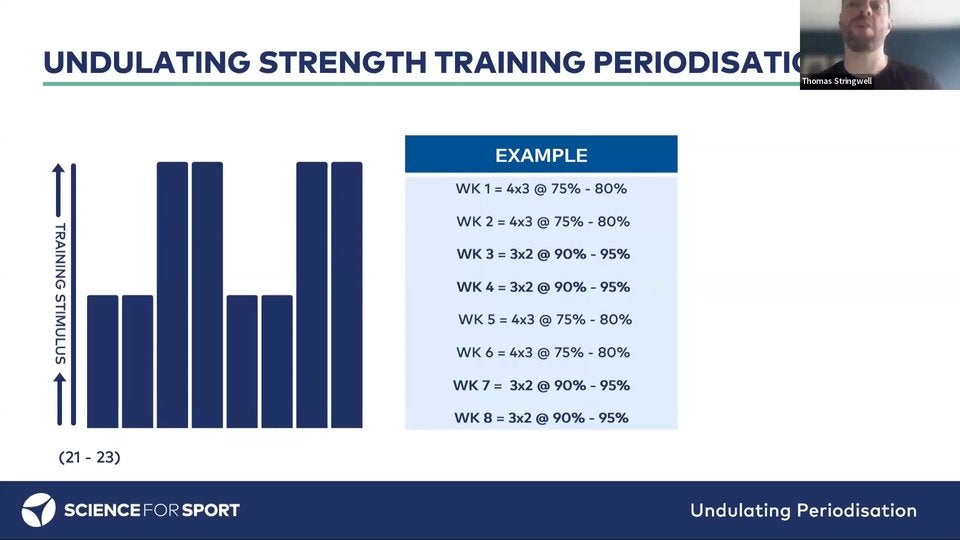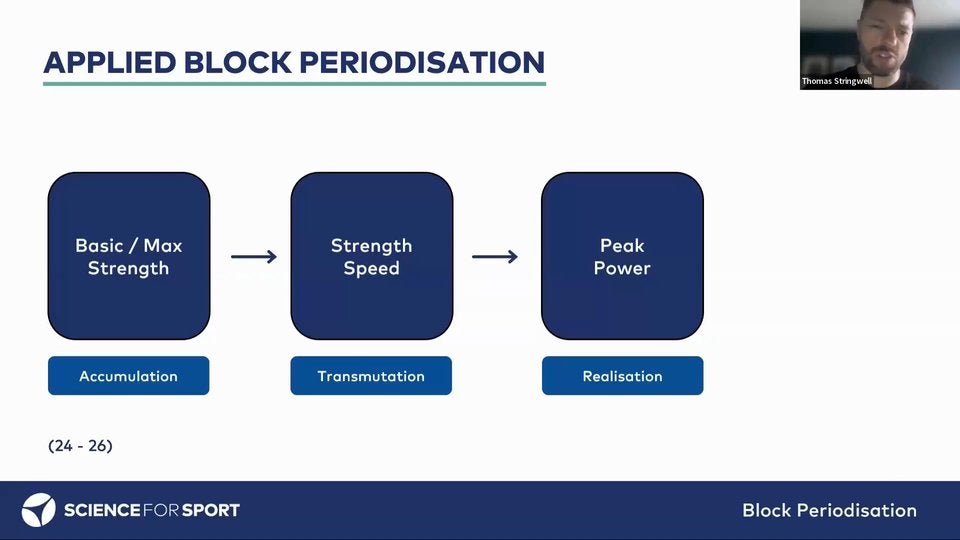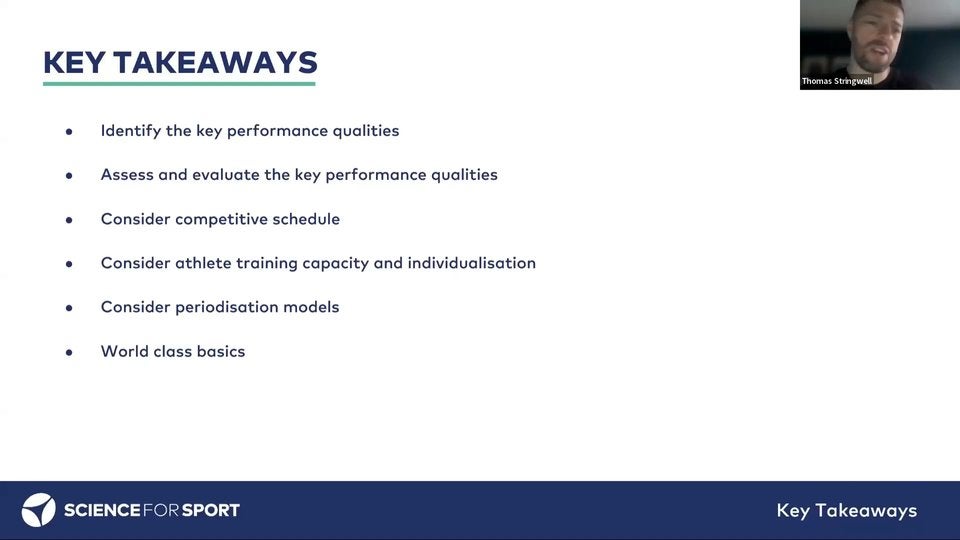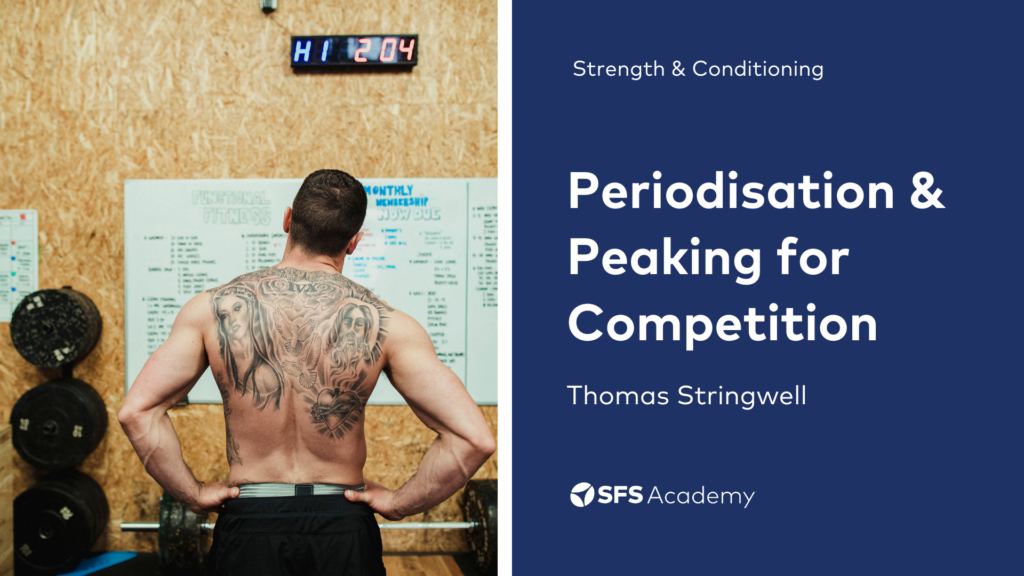
Collection
Periodisation for Peak Performance
The effective periodisation of performance training ensures an optimal transfer of training effects, resulting in improvements within the required performance qualities and therefore, an overall improvement in athletic performance. However, the subject of periodisation is vast, with many factors needing to be considered before designing and implementing any periodised plan. Furthermore, the real-world practical application of theoretical periodisation principles is often not discussed. Therefore, the aim of this short course is to:
- Recap periodisation fundamentals and the relationship between Hans Selye’s GAS model, stress vs homeostasis and program design
- Explore the importance of the sport analysis within periodisation and program design
- Provide guidance and real-world examples of transfer of training effects within program design, including both strength and power and speed agility and conditioning performance programs
- Provide guidance on macro-cycle design and how to approach macro-cycle design using a reverse engineering approach
- Explore the various strength training modes, power and RFD training modes, speed agility and conditioning training modes available to S&C coaches when designing performance programs
- Recap Matveyev's original linear periodisation model and additional modified linear periodisation models, before further exploring the real-world implementation of linear periodisation approaches in practice
- Recap the concept of undulating periodisation, before further exploring the real-world implementation of undulating periodisation in practice
- Recap the concept of block periodisation, before further exploring the real-world implementation of block periodisation in practiceUpon completion of this course, practitioners will have a deeper understanding of periodisation principles and how to apply these principles within real-world practice, and ultimately, implement effective performance training programs.
Videos (13)



